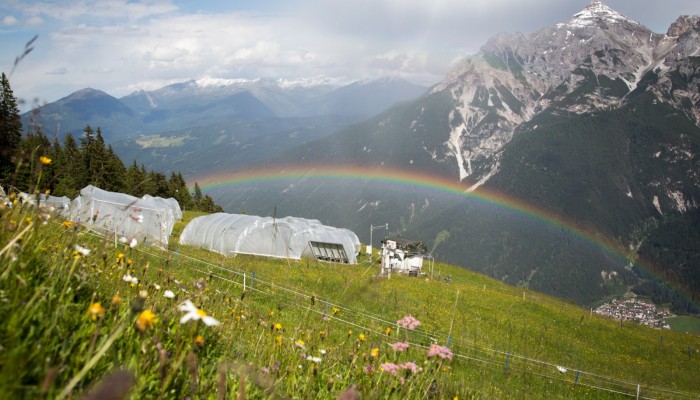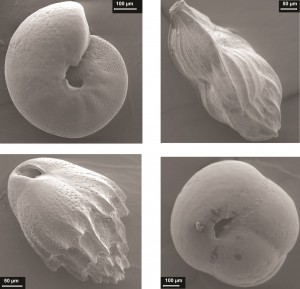
“From marine micro-organisms to mountain ecosystems”
Welcome to the official blog of the Biogeosciences (BG) Division of the European Geoscience Union! This blog is run by biogeoscience enthusiasts with very different backgrounds, ranging from plantecophysiology over geology to geomicrobiology. Therefore we think that the variety of posts, will make this blog interesting for all interested in biogeosciences.
We bio‐geoscientists perform research on the processes in and interactions among the Earth’s atmosphere, biosphere, hydrosphere, and geosphere. At first sight, our research might seem very broad and indefinite, but due to the multi‐faceted and interdisciplinary nature of biogeoscientific research, we can provide the scientific basis for understanding the role of ecosystem processes in some of today’smost pressing environmental issues: including, (but not limited to) climate change, deforestation,eutrophication of lakes and rivers, and the effect of sea level rise on coastal and estuarine ecosystems. In addition to all of that, biogeoscientific research informs our understanding of the biogenic signatures found within rocks from early Earth, and areas of our planet which are highly inhospitable.
Our first blog entry will be on the timing of the closure of the Panama Isthmus which had an important impact on the Great American Biotic Interchange‐ also known as GABIA. Our second blog posts will be on the European Consortium for Ocean Research and Drilling (ECORD) Summer school “Ocean Crust Processes: magma, faults , fluxes, and life” which was recently held in Bremen Germany. Our third post will be on the Amazonian Tall Tower Observatory (Atto) in the Brazilian rain forest which was inaugurated last month and will be used to measure greenhouse gases, aerosol particles, cloud properties, boundary‐layer processes, far away from human influences. In a later stage we foresee blog contributions from scientists with a wide range of biogeoscientific backgrounds. If you would like to write a blog entry about your research, please get in touch with the editor, especially if you are an early career scientist! We welcome all contributions that fit broadly within the topic of Biogeosciences.

